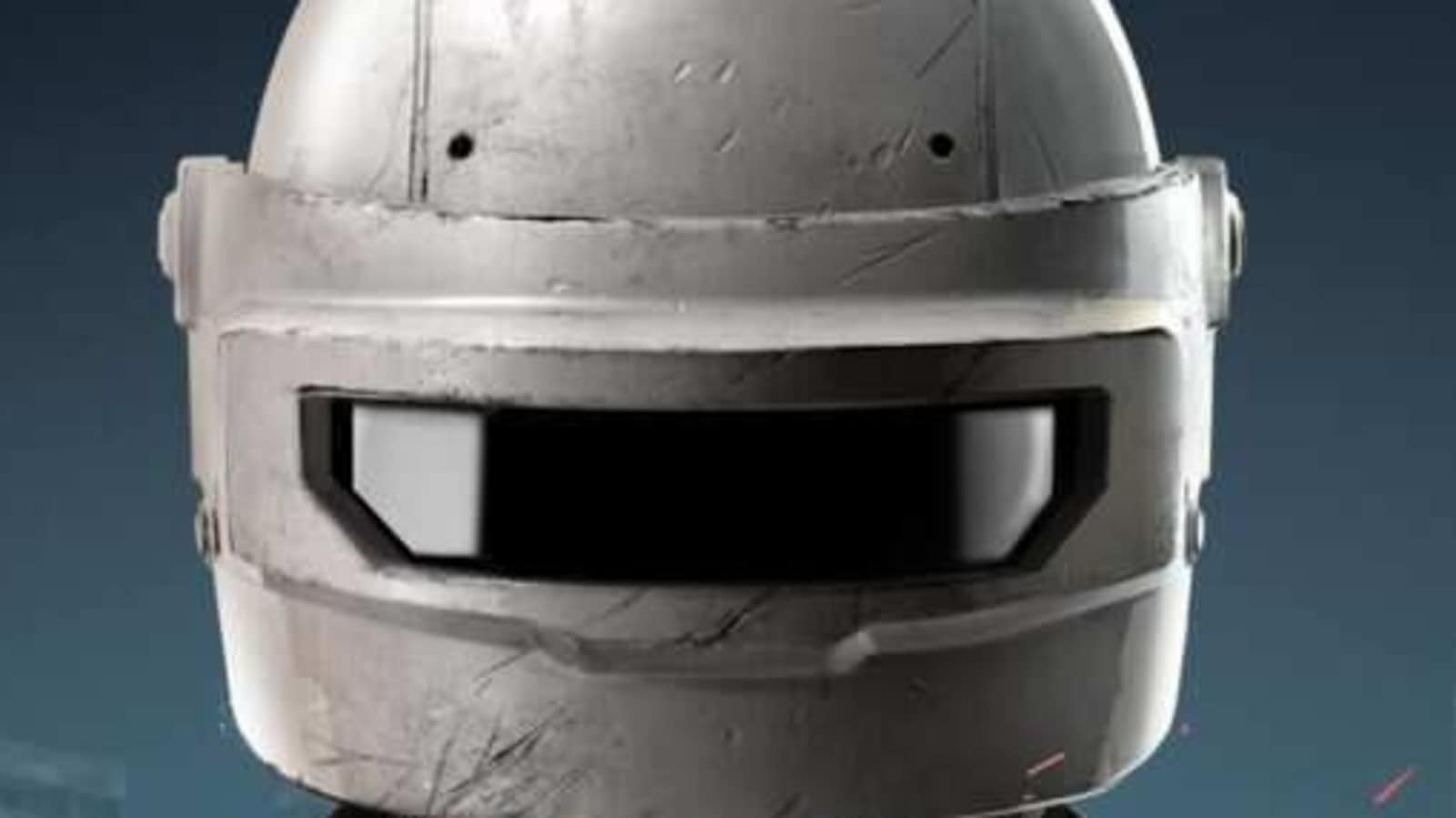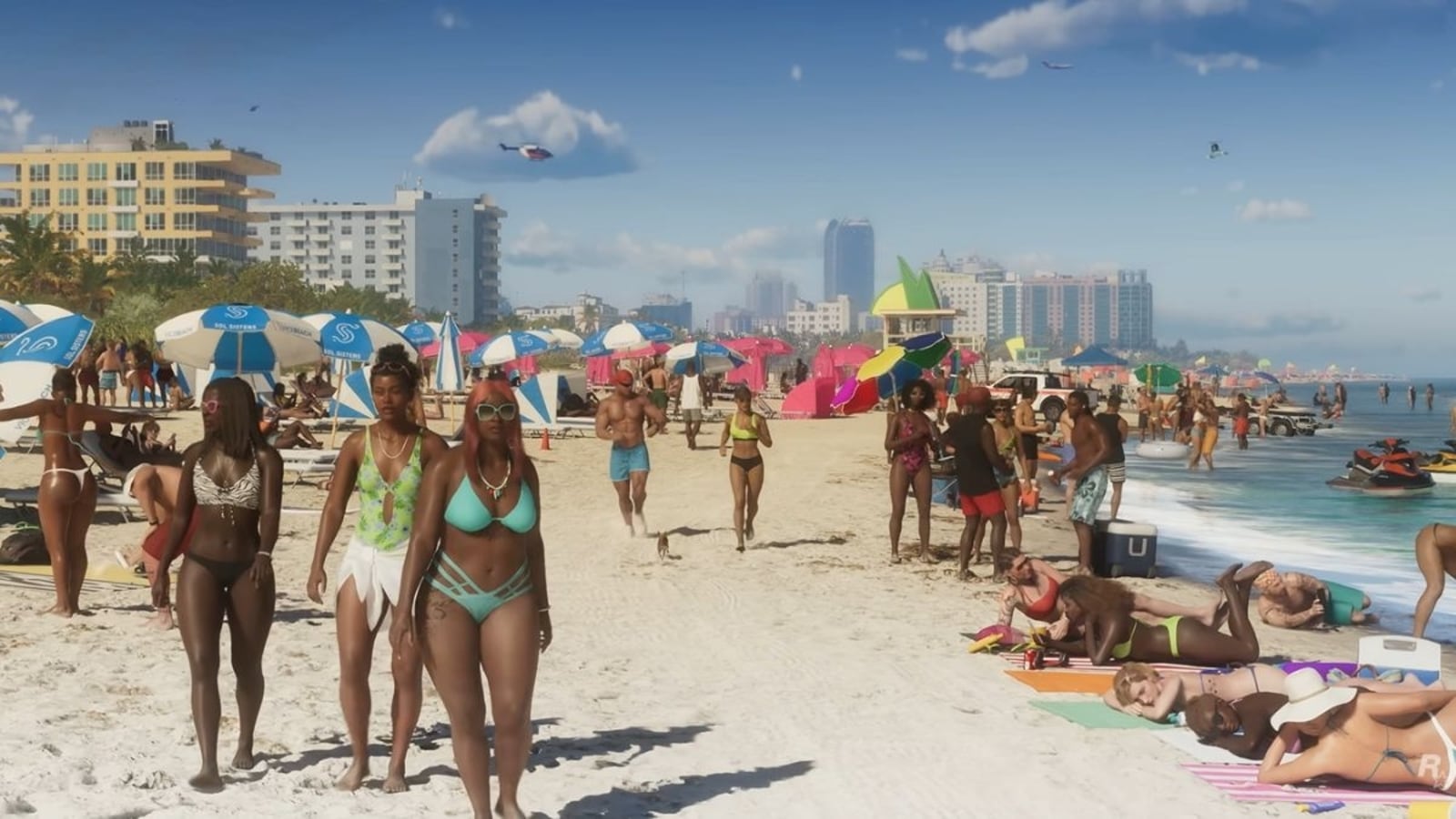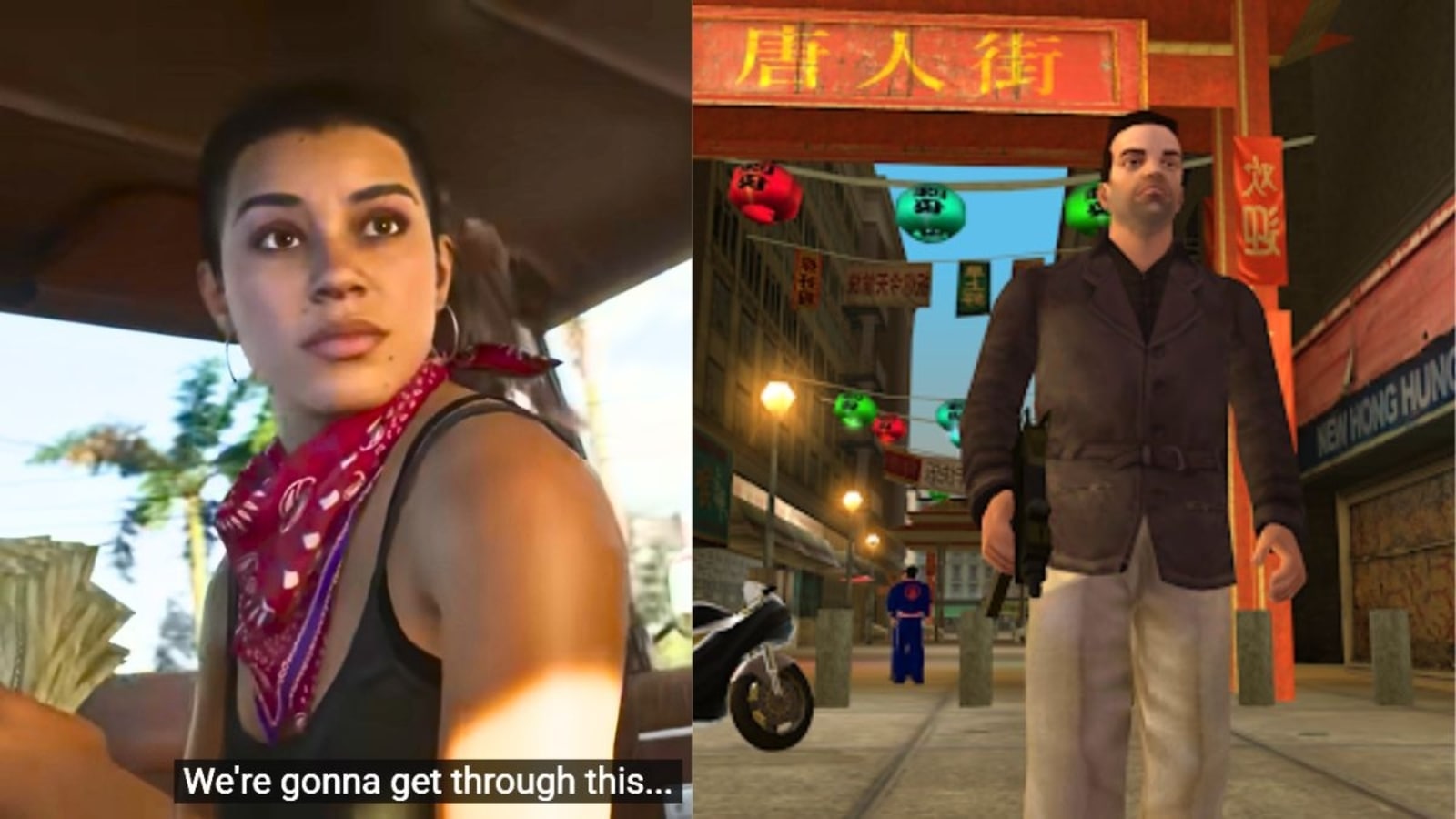“Welcome,” said the sign at the entrance to Kfar Azza, a lush Israeli village just across some fields from the border with Gaza. On the pathway, another sign pointed the way to the gym and the swimming pool.
Then I saw the legs of a bloated corpse dressed in fatigues poking out from under a bush, and beside it a khaki vest with the insignia of a commando unit of Hamas, the Islamic group that controls the Palestinian coastal enclave.
Past the village dining hall, kindergarten and culture center, the tidy rows of one-story beige houses came into view. And the scale of the horror began to unfold.
Four days after hundreds of Hamas gunmen breached Israel’s vaunted border fence in the most brazen attack on the country in decades, overrunning two dozen towns and communities, including this one, in a bloody killing spree, soldiers and rescue workers on Tuesday began the gruesome task of extricating the bodies.
They moved slowly, house to house, for fear that Hamas gunmen could still be hiding inside or have booby-trapped them. Live grenades lay in wait, to be neutralized by sappers. They carried out one slain resident in a body bag on a stretcher and placed it in the back of a truck. Then another. And another.
A New York Times photographer, Sergey Ponomarev, and I were among the first journalists allowed into the village since the deadly assault. We were accompanied by the Israeli military into the area that is still generally off-limits.
After days of stunned national numbness and chaos, the dimensions of the atrocity that took place here were now coming into clear focus. In all, more than 1,000 soldiers and civilians have been killed in Israel. Nobody could say how many of them were lying here, in Kfar Azza, but it is emerging as one of the worst sites of the bloodshed. Soldiers and rescue workers said scores, possibly hundreds, had been slaughtered here, including grandparents, infants and children.
“It’s not a war or a battlefield; it’s a massacre,” said Maj. Gen. Itai Veruv, an Israeli commander on the scene. “It’s something I never saw in my life, something more like a pogrom from our grandparents’ time.”
At least a dozen corpses were strewn along the pathways and on lawns gathering flies, some of them of Hamas fighters, others of Israelis loosely covered with blankets. The smell of death was in the air.
Kfar Azza, a kibbutz, or communal village, was founded in 1951, three years after the establishment of the State of Israel. The early settlers were long considered the pioneering, salt-of-the-earth socialist elite of the country. Like those who live in most other kibbutz communities, the residents are generally left-leaning liberals.
More recently, as Israel shifted to the right, the kibbutzniks, as they are known, have been dismissed by supporters of the ultranationalist government as privileged snobs, or worse, as traitors.
Before the assault, Kfar Azza was the picture of a close-knit community of about 750 souls, with a social club and a synagogue. It is now a desolate canvas of life interrupted. Some residents are missing and may be among the roughly 150 hostages taken into Gaza. Those who survived the blood bath have been evacuated to hotels around the country.
As we went through the village, we heard booms of rocket and mortar fire from Gaza, blasts of Israeli artillery fire into the enclave and the rat-a-tat of gunfire as Israeli soldiers crouching in the fields continued to secure the area. In between hung an eerie silence.
In one small house, in the part of the kibbutz where young adults lived, two bodies lay on the floor. The white ceiling was pockmarked with holes from bullets and shrapnel, like a macabre negative of a starry night sky. The house had been ransacked, but a richly colored spice rack remained intact. Other houses had been burned, their interiors entirely charred.
A few homes were untouched, frozen in time, with children’s strollers and bicycles left on the porch.
But nearby were the remains of a wrecked pickup and an improvised paraglider, two of the vehicles used by the gunmen to cross the border.
One survivor of the assault, Shay Lee Atari, a singer, has spoken out from her hospital bed to the Israeli news media, cradling her 1-month-old baby and describing how her partner had helped her and their daughter escape as gunmen entered their home.
She said she ran and hid in a storeroom, covering herself and her baby, Shaya, with sacks of soil she found there. When that shelter was no longer safe, she ran across a lawn, under fire, and knocked on doors until a family let them in. In all, she said, they waited for 27 hours until they were rescued. Her partner, Yahav Wiener, is missing, Ms. Atari said.
“I really don’t know where our state was,” she said, echoing the anger and bewilderment of many Israelis over how the country, with its vaunted military and intelligence capabilities, could have been caught so off-guard and unprepared.
“They abandoned us,” she said, adding bitterly: “They were on Twitter. That’s where they were.”
The smiling faces of other victims can be seen in family photographs being circulated in commemoration by hurting family and friends on social media. There is the Kedem Siman Tov family — parents and three young children, all killed. And there is Itai and Hadar Berdichevsky, who hid their 10-month-old twins before they were gunned down. The twins were rescued 13 hours later.
The shock and rage now reverberating through Israeli society comes on top of months of upheaval over the government’s plans to curb the country’s judiciary, deepening longstanding social, political and ethnic rifts.
An antigovernment banner was hanging high up on the kibbutz water tower in Kfar Azza. It bore the legend, “Shame!”
Below it, a few yards away, six more bodies of residents in black body bags were laid out on the ground.

























